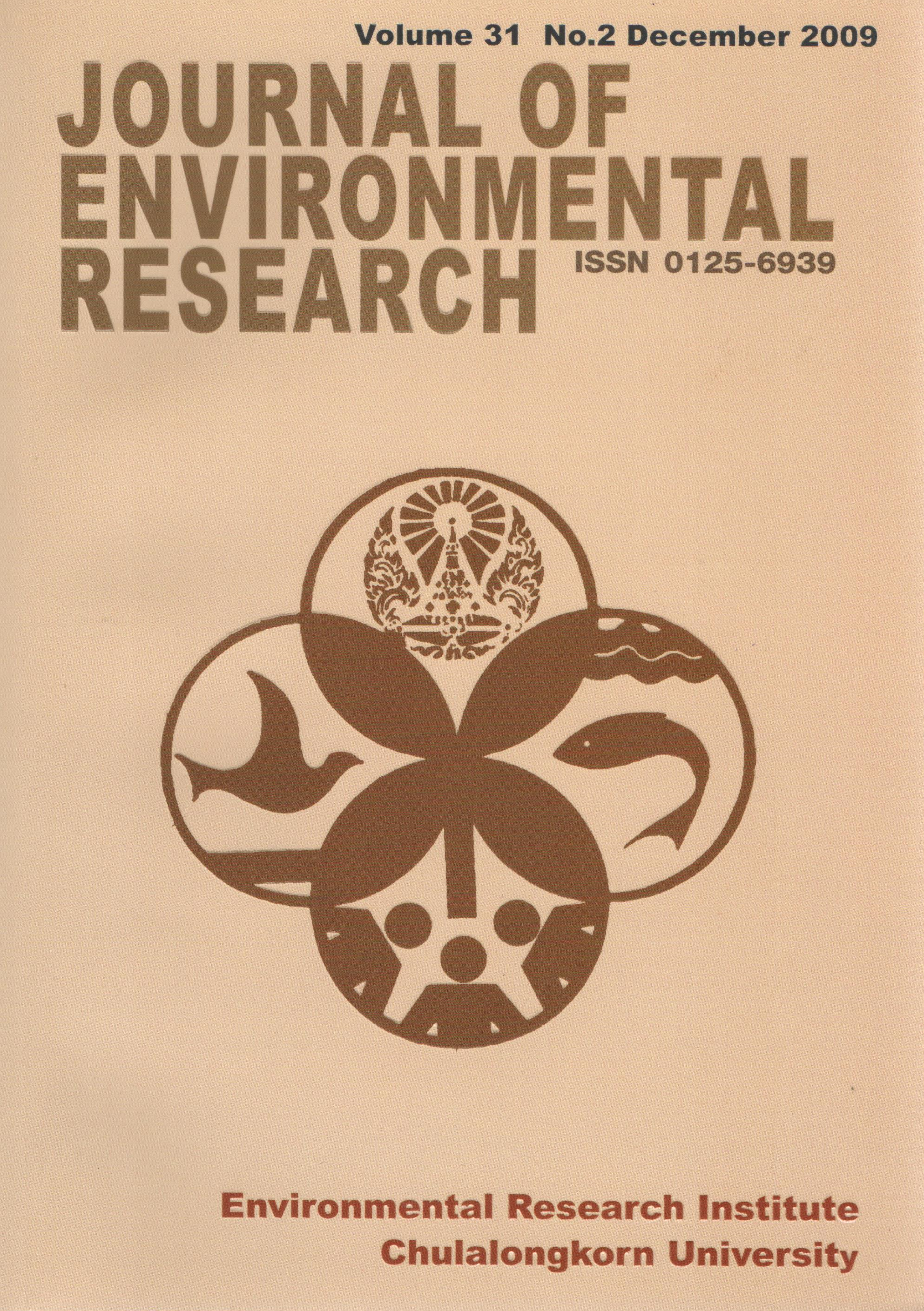Water Management for Irrigated Farming: Reuse of Water from Macrobrachium rosenbergii Farming for Off-season Rice Production
Main Article Content
Abstract
Water management for integrated farming, reusing of water from shrimp (Macrobrachium rosenbergii) farm for off-season rice production was studied at Ban Na Vee, Khoawong District, Kalasin Province. The experiment was conducted in 2008 during dry season, from February to June. The integrated rice cultivation was using left-over water from shrimp rearing pond compare with that using water directly from the reservoir - for field preparation and rice growing throughout 4 months period. Factors on quality of water and sediment in the rice fields were monitored monthly. Additionally, indexes on rice growth and production were also determined monthly. Later, the partial cost-benefit was used to interpret the benefit of each treatment. The results indicated that water quality factors of the rice field using water from shrimp rearing pond, i.e. pH, alkalinity, COD, TKN and phosphate were significantly higher than those of the field using water directly from the reservoir. Soil quality factors of rice field using water from shrimp rearing pond, for example pH, ammonia-N, TKN and TP were higher than those of rice field using water directly from the reservoir. Indexes on rice growth - height and number of shoot of rice field using water from shrimp rearing pond were higher than those of the rice field using water directly from the reservoir. Furthermore, the yield from the rice field using water from shrimp rearing pond was about 5 % higher than that of the field using water directly from the reservoir. These could be concluded that left-over water from the shrimp rearing pond can be reused for off-season rice growing. Consequently, the farmers get higher rice production and additional benefit from shrimp production from the integrated farming.
Article Details

This work is licensed under a Creative Commons Attribution-NonCommercial 4.0 International License.
Published articles are under the copyright of the Applied Environmental Research effective when the article is accepted for publication thus granting Applied Environmental Research all rights for the work so that both parties may be protected from the consequences of unauthorized use. Partially or totally publication of an article elsewhere is possible only after the consent from the editors.

